|
Some notes on Grief from this text:
There are consequences to denying grief Grief is about surrender Collective grief and trauma (of Hurricane Katrina) There are dangers to our wellbeing when not recognising grief Grief moves in disorderly ways Lets move closer to grief not further away Grief always comes with trauma, trauma does not always come after grief. Grief is the opposite of indifference. Grief is an evolutionary indicator of love. The question is whether your leaders and staff have the skills to recognise grief and the resources to respond when it appears. This is difficult because tend to people deny it and move to blame. “Blame refuses grief’s complexity and wisdom. Blame forces our eyes in the wrong direction. When blame appears as a pattern, it is a reactionary habit that grows out of society’s ritual denial of grief” Death is not the burden. Inequality and the violent imbalance of power is. Loss is natural. We need the skill of coping with loss Francis Weller Gate of Grief Gate 1: everything we love we lose Gate 2: grief for places inside us that haven’t know love, that are shamed and outcast Gate 3: sorrows of the world – grief for the discrimination and violence endured by marginalised bodies Gate 4: grief for what we expected and did not receive Gate 5: Ancestral grief
0 Comments
What will happen in this play space? You can be in choice as to how much you participate and how. You can tune in to an inner sense of what you want to do, stay connected to this sense and be aware that it can change from moment to moment. You might want to talk, watch, dance or snooze You might invite someone(s) to cuddle, touch or kiss. You might give or receive a massage or impact / sensation play. You might say or receive a ‘No’ You might say or receive a ‘Yes’. You might say or receive a ‘I’m not ready to decide now’ You might say or receive 'That's enough for now' You might say or receive 'Not like this. I want to stop.' You could thank people for their honest responses to your requests. You might feel desiring and desired and feel really present! You might feel some grief, or feel alone, uncertain and disconnected. There will be empathic space for you if you do. You might wear an outfit to satisfy your desire to dress up. You might wear something super comfortable. About This is a weekend of embodied and playful approaches to transformative communication, conflict transformation and grief work as a way into soulful intimacy. At the heart of being human, there are always raw and tender emotions. For example, all of the following can create rawness and tenderness
Date: Friday 24th February 2023 – Sunday 26th February 2023 Times: Friday evening 6.30 – 9pm Saturday 11am – 8pm Sunday 11am – 7pm Venue: Lebensraum, Basel, Switzerland Why do we need support around conflict? Punitive justice prevails in our societies (which leads to cancel culture, victim-blaming, lack of accountability, conflict avoidance and suppression of grief) and attempts to do things differently are hard and under-resourced. This weekend we will have an embodied experience of what non-punitive accountability looks and feels like. We will move into frames that allow empathy, compassion, togetherness, resilience to conflict, curiosity, accountability and movement. This weekend is an invitation to see the connections between things and to see the systems of separation we operate in. This supports us to not take things personally and find more effective solutions to problems. This weekend is an invitation to acknowledge failure. It’s an invitation to be light-hearted, full-hearted, but not careless about failure. Let’s not ultimately be embittered by it (although there may be bitterness on the way), not allowing it to close our open and willing hearts (although that may happen on the way). We cannot not fail within this culture of separation. Everyone fails. This weekend is an invitation to get curious ….. curious about what isn’t known, beyond the binary certainty of right and wrong that often comes in to protect us from raw feelings. When we get curious, when we approach tension and conflict as important feedback surfacing, we can approach it as the seed of a better solution, and conflict can become a revitalising driver for change. This weekend is an invitation to soften …. soften into our vulnerability beyond the hard shell of all that we use to defend our hearts from grief and pain. It can be hard to be vulnerable and it can be erotic when we allow ourselves to be. Grief can be a highly sensual and enlivening experience. When we soften, everything has the potential to become erotic. Cost: Early bird price (before 31st December 2022)
Please get in touch if these costs would prevent you from coming. Size of group: There will be 20-30 participants Register here Sex positivity assumes that sex is a healthy impulse in life and a fun thing to be creative with. Sex and all forms of sexuality can be discussed without shame or awkwardness. Sex isn’t taboo.
Sex positivity encourages inclusive and safer spaces to talk about and explore sexuality. Sex positivity requires improving understanding and practice of safer sex, consent, boundaries and what makes for emotional and physical safety Sex positivity requires improving communication around our own and others’ needs, emotions, desires and relationship choices Sex positivity requires improving understanding of and healing from judgement and shame around our bodies, sexual experiences, sexual trauma] and positionality in relation to this, that we have been conditioned with and/or subject to. Sex positivity involves understanding that sexuality is fluid and changing. Sex positivity involves challenging harmful, rigid or restrictive perceptions around sexuality Sex positivity involves acceptance of other people’s consensual expressions of sexuality  I have watched in awe, and rewatched many times, the 2021 Paso Doble dance of Johannes Radebe and John Whaite, the first ever all-male pair, in Strictly Come Dancing. It is an interpretation of the Paso Doble, the dance of the matador, and narratives within the dance resemble a bullfight. Traditionally, the leader is the matador and the follower is at once the matador’s cape, the bull and a flamenco dancer. The movements also have origin in the Spanish infantry. Paso Doble gained popularity in the ballroom in the 1930s and it developed as a dance of sharp, quick, staccato movements where the chest is held high and proud. The dancers need to remain in front of each other or parallel to each other at all times. The energy needs to be fierce and intense. Johannes Radebe, Strictly Come Dancing professional dancer and choreographer, transposed the traditional Paso Doble to the decks of a Pirate ship, so on the dance floor we see two pirates, wearing billowing white shirts, waistcoat (tails resembling the cape), breeches, boots and headscarf. Traditional leader/follower roles are overturned as the lead is swapped between them. With the intensity of swordfight and combat, this isn’t a fight, it is something else. After mirroring and stepping ferociously one towards the other, there is the moment of first touch; the dancers slot into each other’s hold, hand to hand and hand to upper back, to whirlwind the double-step around the floor. When they come together in that sublime moment, centuries of hurtful and hateful patriarchal conditioning of what men are allowed to do recede into a joyful moment of recognition. This is what men are made of and made for. I realise that I am watching other possibilities of what it means to be a man, than those considered normal. This really is something else. I’m not the only fan. In the comments section of the video clip: “I’m going to watch this probably a billion times. OMG. I love them. So proud.” “There are no words in the English language to do justice to how insanely amazing that dance was. I will be watching 100s of times.” “The attack and the mirroring so strong. I’ve replayed it so many times. There are no words. I stopped breathing watching it.” In the rewatching — again and again — something in me is filled. There is enjoyment, but something else comes into my feeling state. This is the feeling of falling in love. Just as, when I reread or rehear a message from someone I am falling in love with, I repeat, I repeat because each time, something is touched in me and something is met. When I am falling in love, the way I see the world changes as my expanding connection with the other infuses my connection with all of life and everything becomes alive with possibility, passion, wonder and magic. When I fall in love, life becomes everything but normal. In The School of Life: An Emotional Education, Alain de Botton writes “Any idea of the normal currently in circulation is not an accurate map of what is customary for a human to be. We are, each one of us, far more compulsive, anxious, sexual, tender, mean, generous, playful, thoughtful, dazed and at sea than we are encouraged to accept.” All these things that Alain de Botton writes that we are, are the things that get surfaced and concentrated when we fall in love. When suddenly we experience ourselves being with greater intensity and clarity. In this dance, I am witnessing two men offering possibilities of being so much more than what they will probably have been encouraged to be though the conditioning they, as indeed all of us in different ways, will have received. Notions of normal are usually restrictive, limiting, heteronormative and lifeless. Suddenly, right in front of my eyes, I am seeing options for doing connection a different way. Men don’t have to fulfil a certain role; they can play with, innovate and overlay roles and histories. This is connection; powerful, passionate, beautiful and exciting, not siloed in romance or sex. Watching this dance, I catch a glimpse of the great possibilities in life; maybe that is why I am re-engaging with the video clip, just as I would with communication from a new lover, at the stage in connection when anything is possible. Another of the histories that emerge through this interpretation of the dance, is that of the same-sex civil unions of the pirates, known as matelotage. These relationships manifested variously; sometimes as economic agreements, sometimes as affectionate or mutually supportive friendships, sometimes as sexual and romantic unions. The bonds of matelotage were common and respected on board pirate ships, while at the same time, highly stigmatized on land. While stigmatising homosexuality, heterosexual male culture is, in fact, deeply man-loving, as Marilyn Frye outlines in The Politics of Reality “All or almost all of that which pertains to love, most straight men reserve exclusively for other men. The people whom they admire, respect, adore, rever, honour, whom they imitate, idolize and form profound attachments to, whom they are willing to teach and from whom they are willing to learn, and whose respect, admiration, recognition, honour reverence and love they desire. Heterosexual male culture is homoerotic, it is man-loving.” This happens in a way that separates, demotes and marginalises women. This dance, although masterful, is not first and foremost to be admired, it is to be felt. Through this truly man-loving dance which allows possibility in its fullest, I feel invited into parts of myself that are beyond the treacherous ‘normal’ cultivated in the daily institutions of school, media and production, the parts not normally seen, espoused or written about, the parts often ridiculed, marginalised or suppressed. I’m 49, and there is conditioning in the ether about what it is to be middle-aged, I can feel it. The dominant messaging about who intimacy, sexuality, sensuality, desirability is available to has the capacity to close doors around and within me. I feel that I have come to the end of the road of being a certain kind of woman and I’m not sure what other road there is to take ahead of me. Nevertheless, I am walking. This dance offers us all freedom to roar, freedom to dress up, freedom to touch, freedom to hold, freedom to dream, freedom to connect deeply, freedom to create, freedom to shine, and of course freedom to dance, While writing this piece, I went back to listen to one of my all time favourite songs, The Pet Shop Boys, haunting 1990 song ‘Being Boring’, in which Neil Tennant sings about finding “inspiration in anyone who’s gone and opened up a closing door.” And that, my hearties, is exactly what Johannes and John have done. ***** If you want to watch the slightly longer video clip, including intro to the dancers, the dance, and Judges comments and scores, watch below https://youtu.be/NgEPVG3RaC4 I sat for some time underneath the 'Hive' sculpture at Kew Gardens at the weekend. There is a drone musical accompaniment which was intended to resemble the 'hum' of the bees. Honeybees communicate by vibrating messages against the honeycomb.
After sitting here, then sitting somewhere else where i could hear the hum, and then somewhere else, all in the range of about 20-50 metres of this large structure, i felt really relaxed and enlivened. There's something about humming that really relaxes and restores. Many sound and healing modalities encourage an intentional hum for self-soothing. Benefits of humming I need constant reminding of how well my being responds to embodiment, to paying attention to all aspects of my being, to going within and connecting to sound. All of the work I/we as individuals do is so important to create social justice, greater equity and a more peaceful work. It all requires being really grounded and resourced so that we can respond with empathy and self-connection in line with the greater good and truth that a situation is calling for. So today, why don't you hum a little and envision healing, justice and equity as you do so! I was in a seminar earlier on in the year with people from various racialised backgrounds and we were exploring tackling white supremacy. It was named several times and it really struck me the importance of white people accessing anger and rage at the injustices that are happening and have happened. When white people aren’t accessing anger, it’s left to Black and Indigenous people and people of colour to do this work, which then leaves BIPOC labelled and judged as angry and reactive as a means of control and avoiding the issues. Our anger and rage can mobilise us into action and I find being ”angry that,” rather than “angry at” supports me to direct anger in a grounded way. When I’m ‘angry that….’ I feel more connected to my pelvis and legs. When I’m ‘angry at ….’ I’m more in the upper part of my body. I'm angry that so many young people are being killed in London (and other cities) I'm angry that talking about colonialism and the harm it causes is not at the heart of our public discourse. I'm angry that the glaciers are sliding into the sea I'm angry that the trees are being devastated in the Amazon I'm angry that indigenous people's lands have been taken from them and no reparations have yet come. I'm angry that so much energy is put into policing, rather than supporting people and really tackling issues. What about you? What are you 'angry that' ....? Who are you going to speak to about this? Who will witness your anger? Who will support you to connect to your needs, the shared needs, and then get clarity on your next request to self or other? This blog is part of the Blogging Carnival for Nonviolence 2021 https://blognonviolence.weebly.com/2021-blogs https://blognonviolence.weebly.com/2021-blogs/readings-from-the-blogging-carnival-for-nonviolence A couple of notes about the environment 1.That word ‘environment’ is so fraught with meaning. How can we all engage with and protect the environment? What does it mean to say ‘the environment’ when we are all differently placed to engage with it? The environment is all around us, in our streets, in our homes, in our parks, in the air we breathe and the water we drink. Let’s have a broad understanding of what the environment is and means to us. 2. If engaging with the environment is as simple as walking down the street. What happens to us as we do? what do we encounter? what are we faced with? what challenges do we have? For some, walking down the street involves risk. Some people, young people particularly, are faced with higher levels of violence and I’m really devastated to say that this week there’s been another fatal incident locally, in which Chino Johnson was shot dead when out walking his dog. Some parts of our local community are dealing with such huge grief of youth-on-youth, lateral violence, and is in fact, a public health crisis. I invite you to pause for a moment to honour the tragic loss of life of Chino Johnson. 3. With whatever happens from this point on in relation to the climate and ecological crisis — if we face increasing floods, food shortages, drought, more breakdown, more pandemics — as well as the public health crisis of gun and knife violence, what we are going to need is a solid community to lean into. So that no one gets left behind and so that communities facing gun and knife violence can heal. So that when things get tougher, we grow our networks of support, and solidarity becomes the way we do things. The metaphor that inspires me to keep going comes from Aria Doe, speaking after Hurricane Sandy struck New York in 2012. “Even though you have a hand pushing you down, you still offer a hand to help people up.” (All the things the climate cannot change) I love this. It inspires me to keep reaching out to people and being there for people, even when things are hard for me. What if we lived that principle everyday of our lives? 4. To be true to the complexity of life, we need to celebrate the initiatives that lower carbon emissions and protect nature and call for the ones that also create greater social justice and equity that aren’t yet happening and need to be happening. The times we are in necessitate a good hard look at what we aren’t doing, what we are failing to find ways to do. It needs to be OK to acknowledge the shortfalls. It was an incredible privilege to be alongside Kwesia, AKA City girl in nature in on an incredible journey, and speaks openly about growing up in Deptford with the challenges of marginalisation and exclusion. She got the opportunity to go on an expedition to the Peruvian Amazon rainforest and shares her love of nature with others and her passion that everyone should have the opportunity to connect to nature. Nick who works with and advises XR, Transition town, Stand up to Racism, Healthy living platforms. His doctoral research focusses on the intersection of environmental sustainability and social justice, particularly on why environmental movements are ‘Green, but mostly white’ and asks these questions: · Why social justice and race matter for environmentalism? · What do we mean by community sustainability and resilience? · Who is included in our understanding of community? Who is excluded and why? · How can we build solidarity across differences? It was also fantastic hearing about the Remakery, Loughborough Junction Action Group, Father Nature, Myatts field Park horticulture and Lambeth Council Climate Change team As I welcomed and introduced the speakers, I realised I was holding John Berger’s book Hold Everything dear which he wrote in the aftermath of the second Iraq war. He articulated in 2005 the destruction we are facing ‘The blunting of the senses, the hollowing out of language, the erasure of connection with the past, the dead, place, land, soil, possibly too the erasure of certain emotions, compassion, mourning, hoping.’ It was to restore right relationship with our emotions … to grieve, to talk together about the difficult things, the conflicts, increasing the skill and capacity for empathy and celebrating our amazing people in our communities, that Lahnah, Golda and I created Amplifying the Good Energy (2020–21) and the Conflict and Grief project in 2016. As we reflect on community, community is not really those people who look like me or like the same things as me. As Dominic Barter said, “Community is not primarily made up of those with whom I identify but of those with whom I share resources (material and affective), with whom I share risk, with whom I persist.” Finally, back to Aria Doe. “One of the things we do is to make the community feel safe, secure and loved. And what do you do if you feel safe, secure and loved, you dance! What else do you do?!” (after Hurricane Sandy, New York 2012) On that note, this is our Jerusalema dance, May 2021
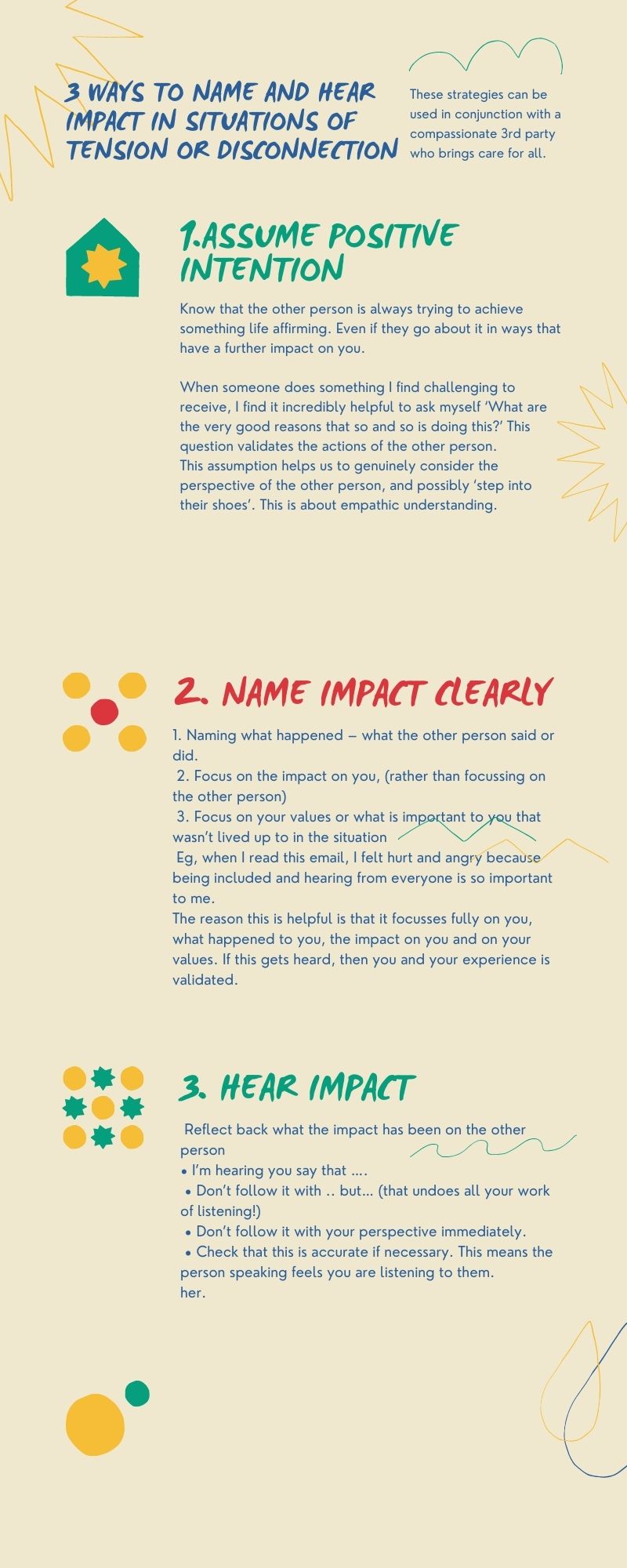 1. Assume positive intention of the other person. Know that the other person is always trying to achieve something life affirming. Even if they go about it in ways that have a further impact on you. When someone does something I find challenging to receive, I find it incredibly helpful to ask myself ‘What are the very good reasons that so and so is doing this?’ This question validates the actions of the other person. This assumption helps us to genuinely consider the perspective of the other person, and possibly ‘step into their shoes’. This is about empathic understanding. 2. Name impact clearly I will encourage you to name impact in the following way: 1. Naming what happened – what the other person said or did. 2. Focus on the impact on you, (rather than focussing on the other person) 3. Focus on your values or what is important to you that wasn’t lived up to in the situation Eg, when I read this email, I felt hurt and angry because being included and hearing from everyone is so important to me. The reason this is helpful is that it focusses fully on you, what happened to you, the impact on you and on your values. If this gets heard, then you and your experience is validated. If,on the other hand, you spend your time saying that what the other person has done is wrong or outrageous or whatever, you spend your energy focussing on them. Your experience actually gets lost. I’m trying to give more space to your experiences. This is how reconciliation and healing can happen. 3. Hear impact without reacting I’ll often invite people to reflect back what they are hearing during a conflict support session. • I’m hearing you say that …. • Don’t follow it with .. but… (that undoes all your work of listening!) • Don’t follow it with your perspective immediately. • Check that this is accurate if necessary. This means the person speaking feels you are listening to them. If you want to receive similar articles around navigating what life thinks might help us grow, sign up here (I don’t bombard you). |
Authorby Ceri Buckmaster Archives
February 2023
Categories |
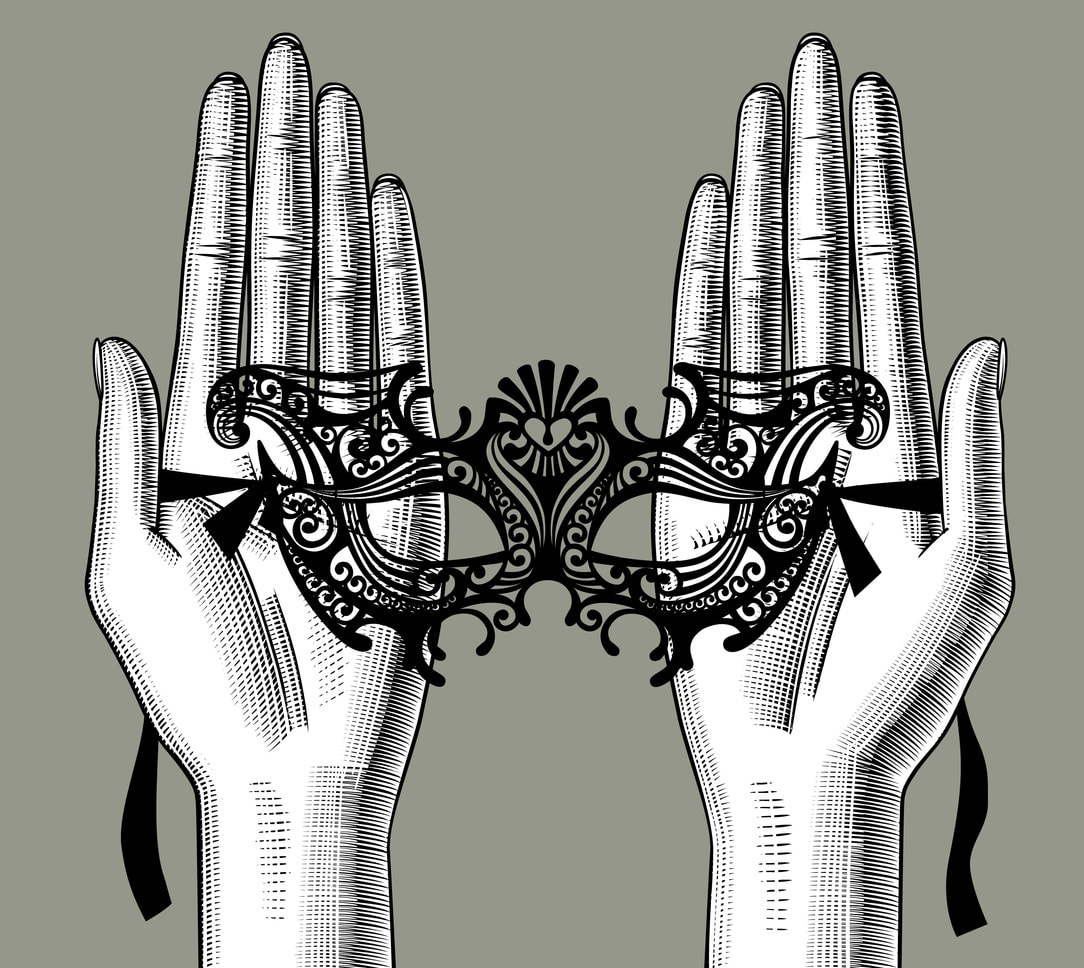
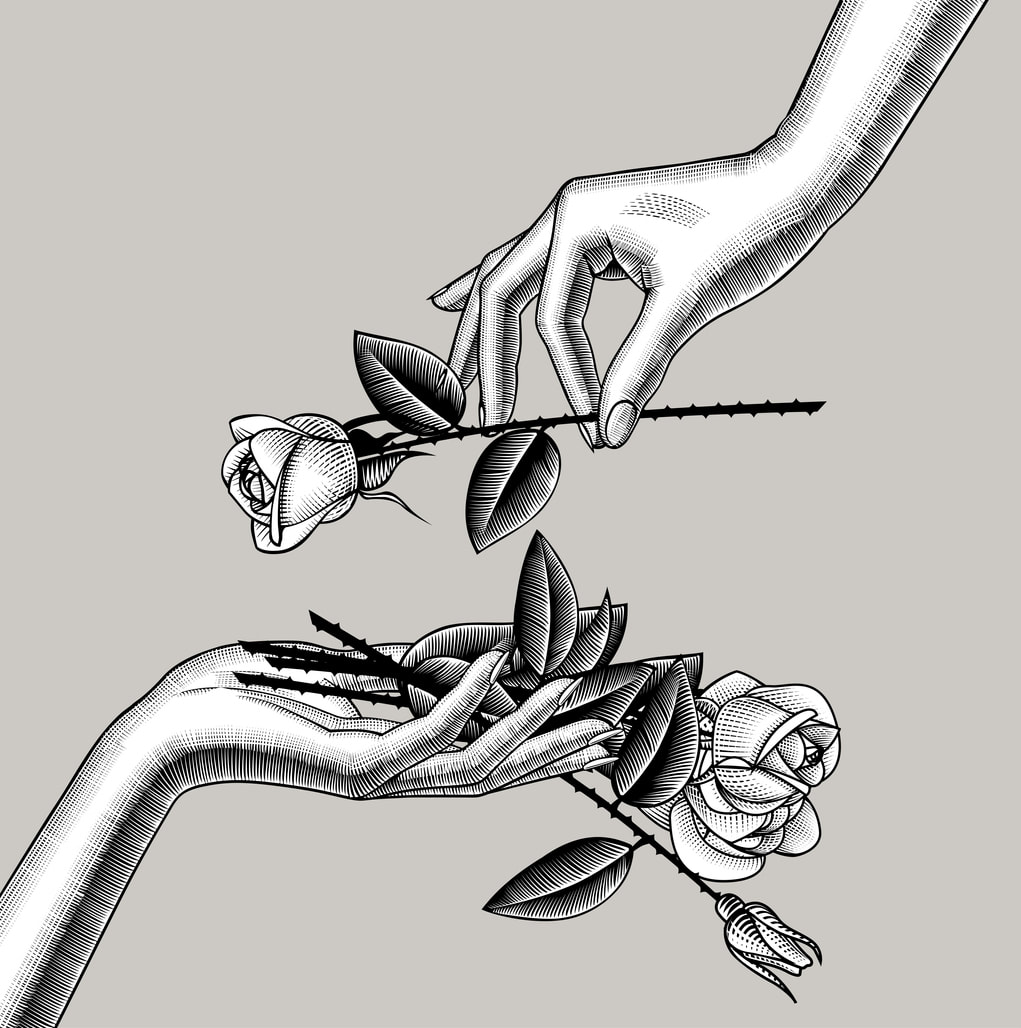


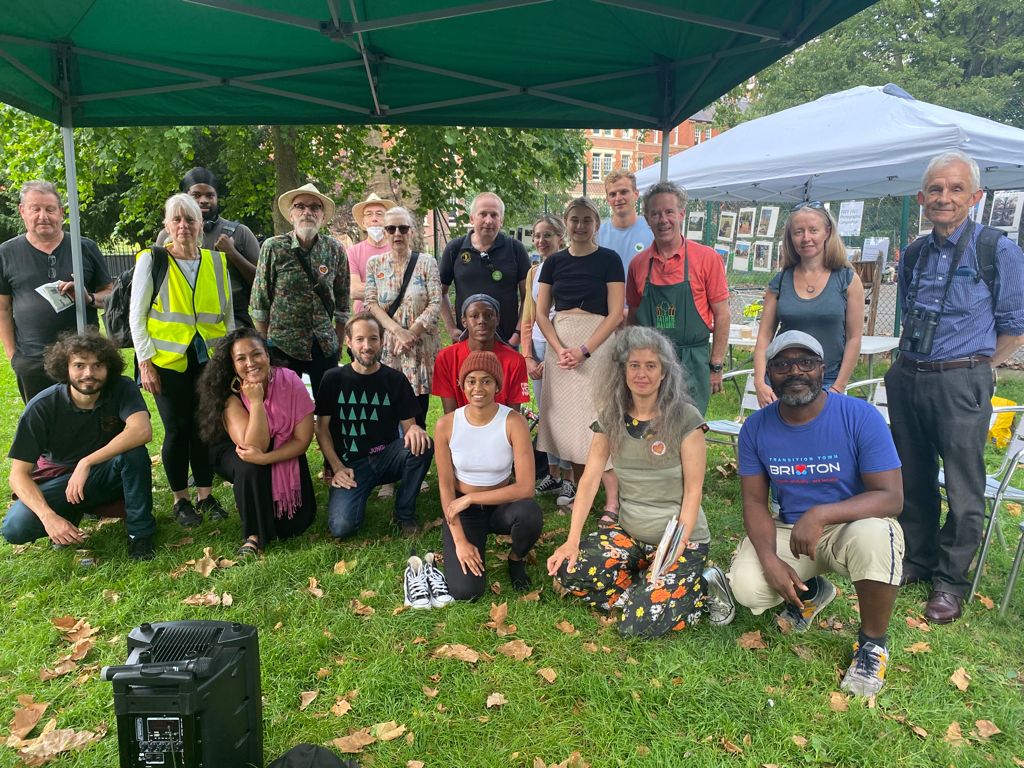
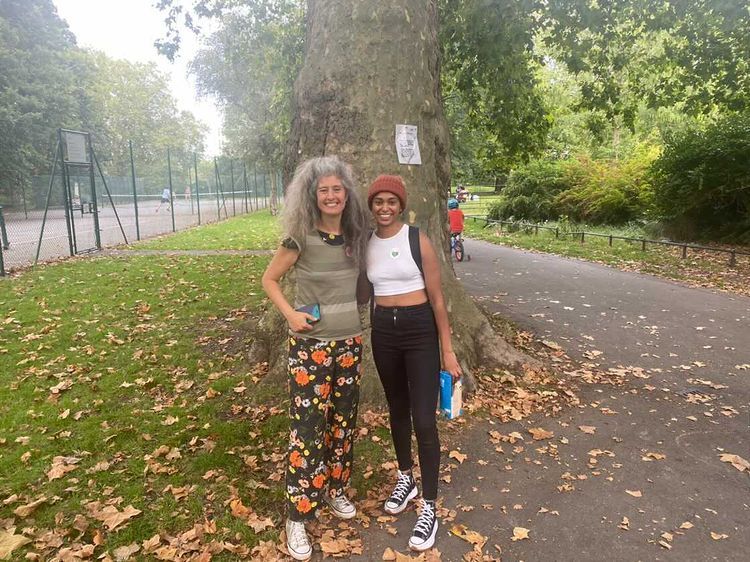
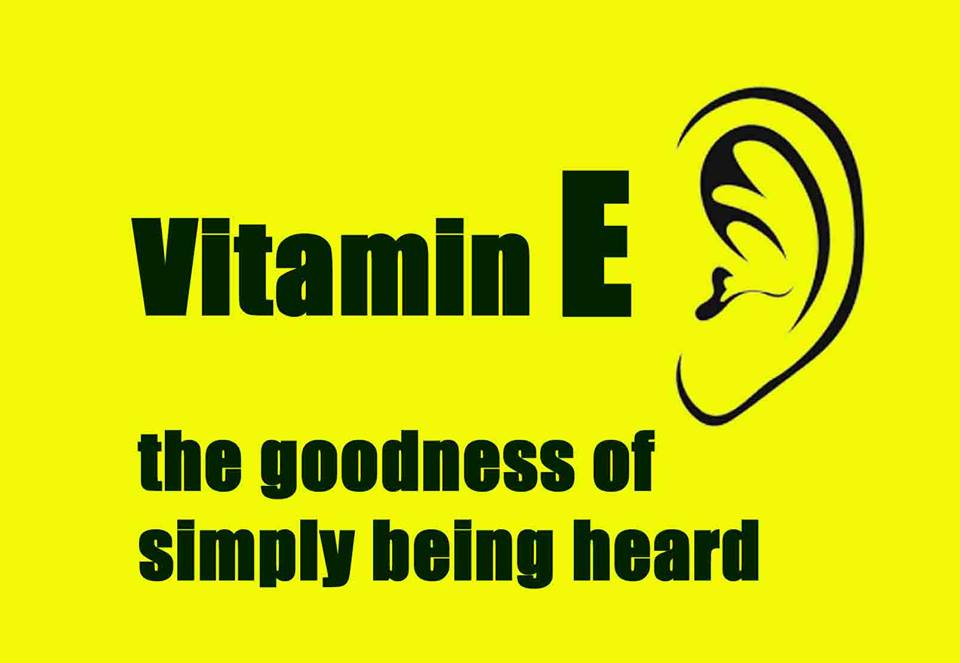
 RSS Feed
RSS Feed
